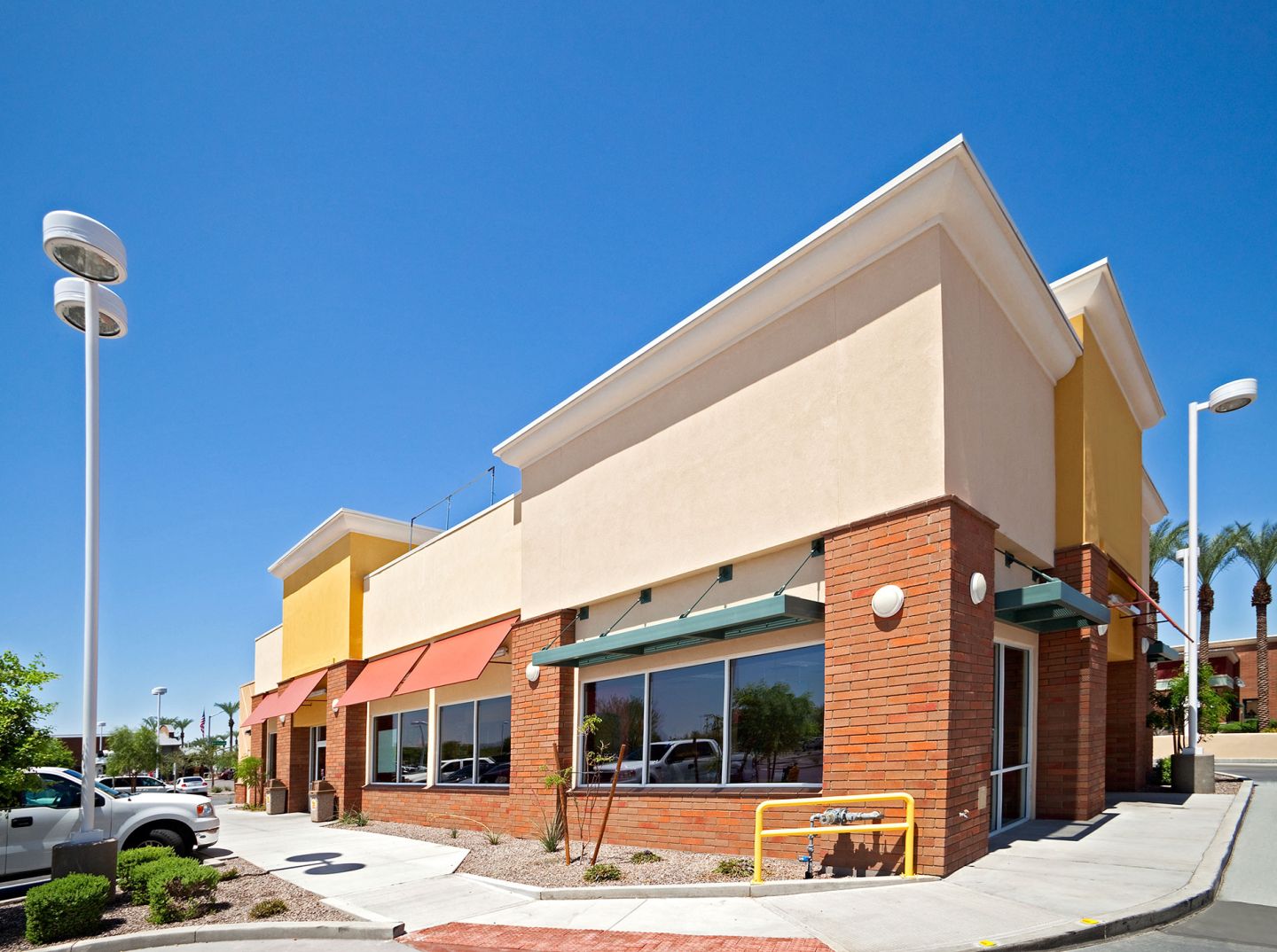Research firms Technomic and The NPD Group have forecasted modest growth for restaurants this year, following a tough 2016.
The main segment to benefit from a lift in sales and traffic will be quick service restaurants, which claim 80 percent of total restaurant visits. The industry darling fast casual segment is still growing rapidly, although Technomic warns that prices may have risen to a point that they may no longer be viewed as a “value.” Casual restaurants are expected to continue to struggle.
The forecast shows that there are opportunities for restaurant operators, but not on every street corner.
How then can a restaurant real estate professional maximize the opportunities that do exist?
Before we can answer that question, we need to examine how the industry has traditionally approached real estate decisions and how the dynamics of decision-making are changing.
Real Estate Dynamics Changing
Since restaurant real estate is typically a lower cost investment than, say, a grocery store or big box store, the penalty for making a poor location decision is less significant. As a result, many operators have historically prioritized speed-to-market over thorough vetting.
That approach may work when the market is booming, but in an era of modest growth you must be strategic to capture the market’s full potential. Add to that the fact that real estate prices are rising due to supply/demand imbalance and it becomes clear that the cost of making a poor decision has increased.
The greater risk associated with each real estate decision means that old ways of doing things may not yield optimal results. Instead, the better strategy is to take a thoughtful, data-driven approach to market entry and site selection.
A Data-Driven Approach to Real Estate Decisions
Restaurants taking a thoughtful approach to real estate decisions ultimately need to be able to answer two questions:
- Which markets truly have the most potential for my brand?
- Within those markets, which sites best position my brand for success?
While there are many “hot markets,” the dynamics of each market vary based on the types of consumers who live there, the presence of competitors, and other factors. Restaurants need to be strategic about selecting which markets to enter next and which markets to infill.
But just because you’ve identified that a market is a good fit doesn’t mean that every site within that market is right for your brand. It’s important to study potential sites to evaluate their likelihood of success and the effect that they will have on other existing sites.
Many restaurants are streamlining their efforts to answer these questions by utilizing customer analytics solutions. These solutions give restaurants tools to quickly evaluate specific markets and sites, providing the insights needed to make informed decisions.
While speed-to-market is still an important element in restaurant real estate strategy, today’s market dynamics favor a more thoughtful approach. Restaurants who integrate analytics into their decision-making processes will ultimately see better results.


